Robert V. Bolton
gamer level 5
4501 xp
4501 xp
followers
12
12
Use my invite URL to register (this will give me kudos)
https://boardgaming.com/register/?invited_by=bubbawashington
profile badges




recent achievements

Time Well Spent - Games
Click on the hourglass 100 times that appears when you are browsing Game pages. learn more >
Click on the hourglass 100 times that appears when you are browsing Game pages. learn more >

Explorer - Level 3
Earn Explorer XP to level up by completing Explorer Quests!
Earn Explorer XP to level up by completing Explorer Quests!

Baron / Baroness
Gain 10 total followers
Gain 10 total followers

I Walk the Talk!
Claim that you have played a game today by clicking the "Played Today!" button on a game page 100 times.
Claim that you have played a game today by clicking the "Played Today!" button on a game page 100 times.
Player Stats
Critic (lvl 1)
230 xp
230 xp
Explorer (lvl 3)
744 xp
744 xp
Professor (lvl 1)
196 xp
196 xp
Reporter (lvl 1)
144 xp
144 xp
About Me
I enjoy playing designer board games, especially for the social interaction between players. I strongly believe board game can build stronger family bonds and friendships. I strive to promote the board game hobby whenever possible.


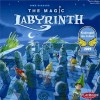



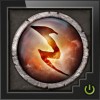




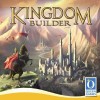

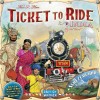



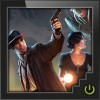





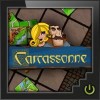



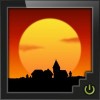









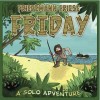
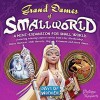

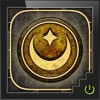


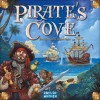

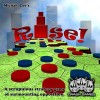

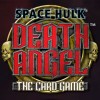
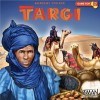


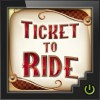






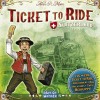




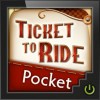






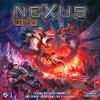

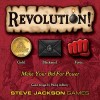


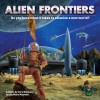








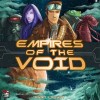








Eminent Domain
Eminent Domain Overview
Eminent Domain from Tasty Menstrual Games is a two to four player deck building and role selection game designed by Seth Jaffee. Players compete for victory points by settling planets through colonization or warfare, exploration of technologies, and production and trade of goods. At the beginning of the game players starts with the same cards in their deck. On their turn a player can of play a card for its action, however they must choose a Role to execute (their opponents will get a chance to follow suit or decent) and in doing so you will add one of those Role cards to their deck. The game ends when a set number of decks becomes exhausted. The player with the most victory points is the winner.
Gameplay in a Nut Shell
Each player begins the game with a deck of cards consisting of two survey, two colonize, two produce/trade, two research, one warfare, and one political card. From this deck the player draws their starting hand of five cards. When a player’s turn begins they can optionally play a card for its action. These action are similar to the card’s role as in the case of the warfare, colony, or production/trade cards, or they can differ such as the research and survey cards. After the action phase player must select a role, in doing so they add a card of that type to their hand. This role allows them to do a specific action such as exploring, colonizing , or attacking new planets, producing or trading a planet’s goods, or researching new technologies. A player can boost the effects of this action by playing additional card of the same type. At this point the other players can optionally follow the player’s lead, or dissent and drawing a card from their deck. After a player finishes with both action and role selection phases they can discard any card(s) from their hand and draw up to their limit. Play continues until a set number of card decks become exhausted, the number of players determines the end game condition. The player with the most victory points is the winner. Players earn victory points for concurring planets, producing and trading goods, and researching technologies.
Overall Impression of Eminent Domain
Eminent Domain is an interesting twist on the deck building genre. The role selection mechanic adds another dimension not found in traditional deck builders such as Dominion. Players feel as if they are building a galactic empire and not constructing an economic engine to buy victory points. This allows players to choose a strategy that fits the goals of their empire rather than building a deck consisting of optimal combinations dictated by the available cards. The lack of player interaction gives Eminent Domain a felling of multiplayer solitaire, however Seth Jaffee has announced an expansion that will allow players to attack each other’s planets. The theme is a little abstract and will require players to use their imagination, but width more game expansions Eminent Domain could morph into a 4x space game that could even rival Twilight Imperium (third edition). I enjoy this game and recommend it to anyone looking to add a space themed deck building game to their collection.